Five things you didn't know about China's National Games
XI'AN, Sept. 19 (Xinhua) -- From the first edition in 1959 to the 14th in 2021, China's National Games, the country's largest multi-sport event, has witnessed the booming development of the sports industry in China throughout the years.
Here are a few things you might not know about the National Games.
REPUTED EPIDEMIOLOGIST ONCE AN ATHLETE
Renowned Chinese epidemiologist Zhong Nanshan was bestowed with the Medal of the Republic, China's highest state honor, in recognition of his courage in confronting disease and leading the compiling of coronavirus diagnosis and treatment plans.
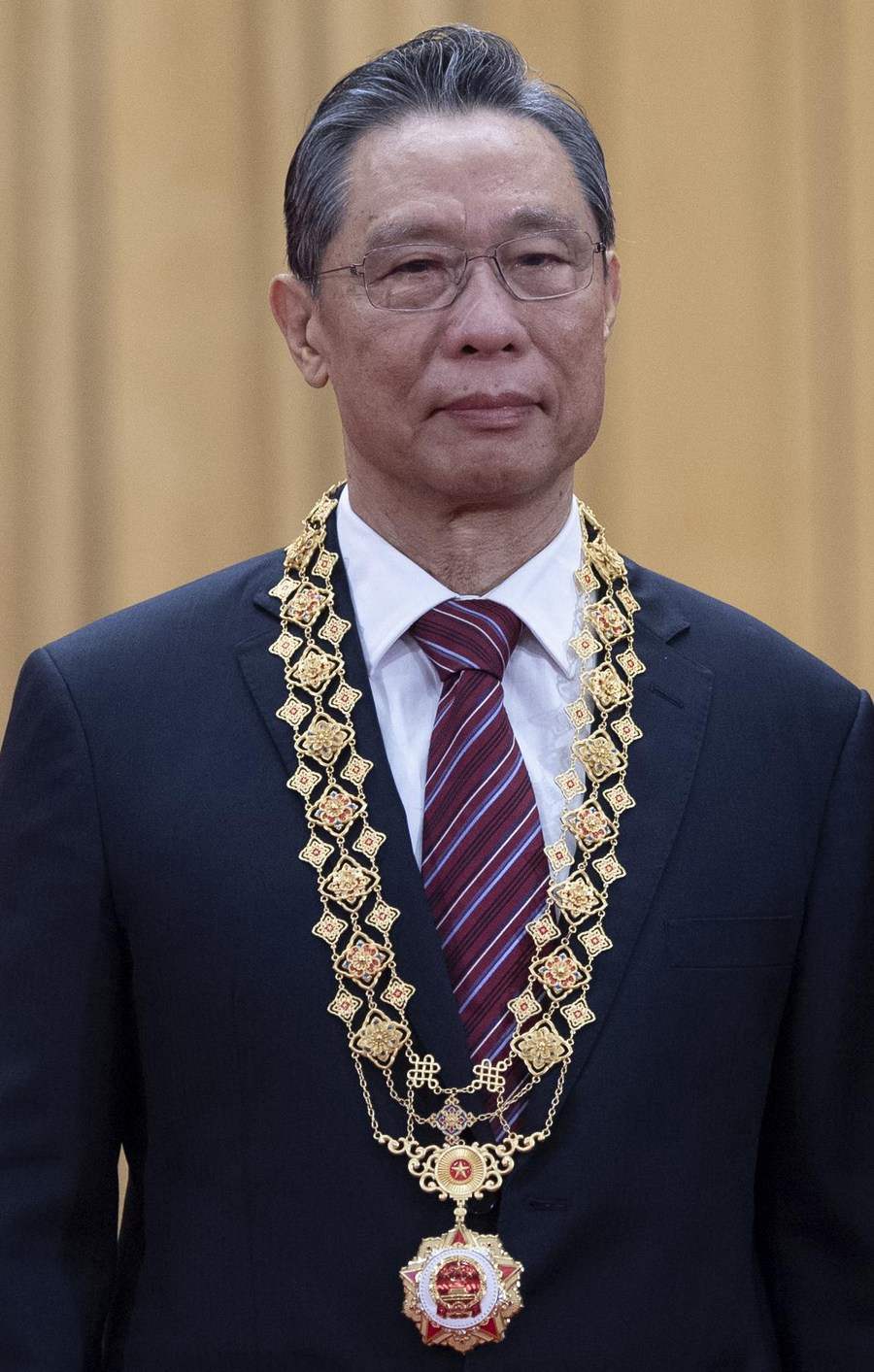
Zhong Nanshan, recipient of the Medal of the Republic, is seen during a meeting commending role models in the country's fight against the COVID-19 epidemic at the Great Hall of the People in Beijing, capital of China, Sept. 8, 2020. (Xinhua/Xie Huanchi)
Besides being a respiratory disease expert, Zhong was also an athlete who took part in the first National Games in Beijing in 1959. Zhong, then a medical student at Peking University, competed in the men's 400m hurdles and broke the national record with a time of 54.02 seconds.
Zhong could have stayed on the Beijing team as a professional athlete. But after careful consideration, he decided to continue his studies at medical school and became the man he is today.
SQUARE DANCING AT ITS FINEST
Square dancing, known in Chinese as Guangchang Wu, is a physical activity popular with middle-aged and retired women, who perform simple and natural movements to a musical accompaniment in open places in cities.
As it requires very little skill or physical fitness to get started, square dancing is a popular form of exercise in China for millions of all ages and genders.
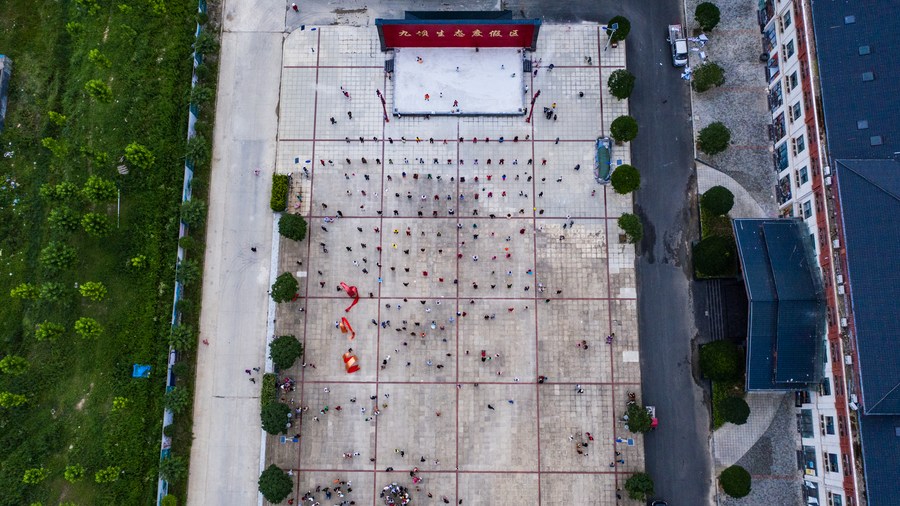
Aerial photo shows tourists taking part in a square dance in Shanbao community of Jiuba Township, Tongzi County, southwest China's Guizhou Province, July 21, 2020. (Xinhua/Tao Liang)
Echoing the theme of "Games for all, together in mind and action", the 14th National Games features not only sports and events for elite athletes, but 19 events for ordinary people to showcase their athletic skills and enthusiasm.
Just like square dancing, grassroots physical activities such as broadcast gymnastics and Tai Chi have also been added in Xi'an and made their way into China's top all-round sporting events.
The square dancing competition, attracting hundreds of dancing troupes from all over the country, concluded before the opening ceremony.
INVISIBLE MEDAL TALLY
For international sports competitions like the Olympic Games, organizing committees usually publish medal tallies for information purposes. However, medal tallies are more often used as a tool to explain the world beyond sport itself.
China's National Games had also published its medal tally before the last edition in Tianjin in 2017.
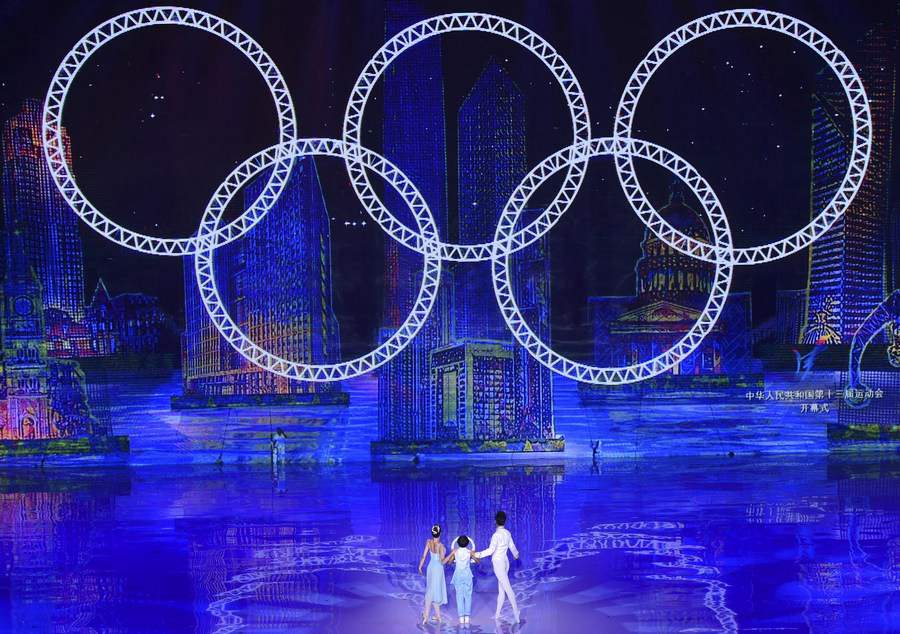
Photo taken on Sept. 8, 2017 shows the Olympic rings at the closing ceremony of the 13th Chinese National Games in Tianjin. (Xinhua/Yue Yuewei)
In order to reflect a different take on the "win or lose" mentality and focus on the pure nature of sport, starting from 2015, national competitions tend to only announce the competition results rather than set up a medal tally.
A HALF-GOLD MEDAL?
In order to balance the sporting strength of different regions, "exchange athletes" became one of the features of the National Games since the 8th edition in 1997.
Teams voluntarily send athletes to compete for other regions. Once an exchange athlete has won a medal, the team he or she currently represents and the team he or she originally registered with will each receive 50 percent of the medal and points, resulting in a "half-gold medal."
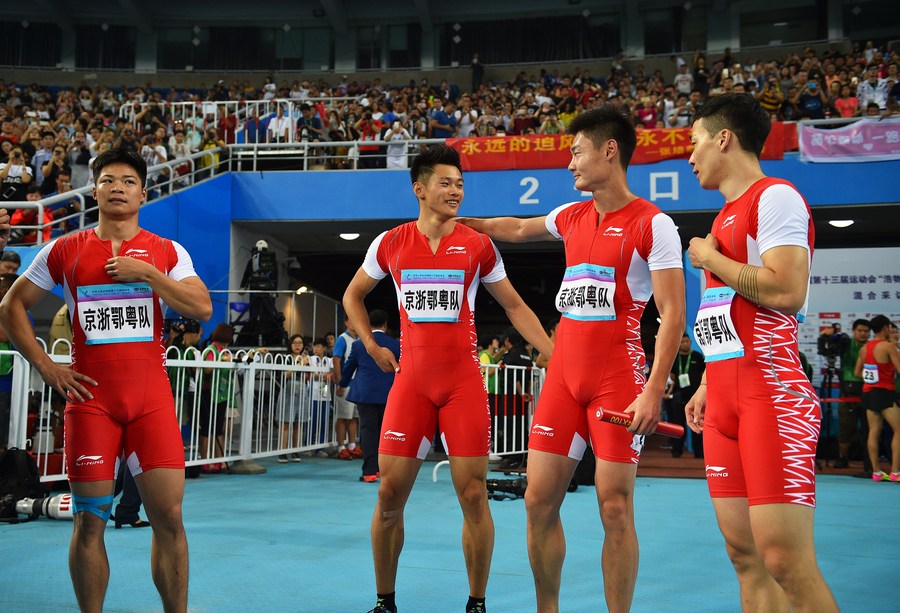
Su Bingtian, Xie Zhenye, Zhang Peimeng and Wu Zhiqiang (from L to R) of the joint team of Beijing, Zhejiang, Hubei and Guangdong completed their men's 4x100m relay final at the 13th Chinese National Games in Tianjin, Sept. 7, 2017. (Xinhua/Xu Chang)
The original intention of the "exchange athlete" mechanism is to ensure a reasonable, orderly and open talent flow so that more athletes can have the chance to participate in competitions.
But in the process of implementation, it had also led to loopholes and problems in the rules. After several reforms and the cancelation of the medal tally, the "half-gold medal" no longer exists.
UNITED TEAM BECOMES A NEW TREND
Bearing the name of the "United Team", some Olympic squads and pairs are able to compete together again at the National Games.
In the case of team events, if the Olympic athletes return to their provincial teams as usual after their quarantine and then rejoin the national team, the team chemistry might be affected greatly.
Therefore, teams like women's football, women's basketball and shooting all decided to compete in a "United Team" fashion that features the entire Olympic squad.

Women's basketball United Team players at the awarding ceremony of China's 14th National Games in Xi'an, Shaanxi Province on Sept. 14, 2021. (Xinhua/Wang Xi)
Olympic gold medalist Yang Qian and Yang Haoran were able to team up again to win gold in the 10m air rifle mixed team at the National Games.
World champions Xu Xin and Liu Shiwen, who took a silver in Tokyo, will compete as the only "United Team" in the table tennis mixed doubles.
Photos
 Bumper harvest presents a magnificent scene of terraced rice paddies in SW China's Luzhou city
Bumper harvest presents a magnificent scene of terraced rice paddies in SW China's Luzhou city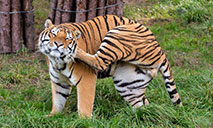 In pics: life of Siberian tigers in NE China's breeding center
In pics: life of Siberian tigers in NE China's breeding center Explore wonderland created by an alpine lake cluster in SW China's Yunnan
Explore wonderland created by an alpine lake cluster in SW China's Yunnan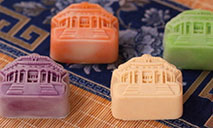 In pics: Museums across China unveil creative and culturally-inspired mooncakes
In pics: Museums across China unveil creative and culturally-inspired mooncakes
Related Stories
- Two-time Olympic boxing medalist Li Qian snatches gold at China's National Games
- Olympic champion Wang claims 3rd straight men's 400m IM title at National Games
- Rock climbing rescheduled due to adverse weather at National Games
- Team United beats Jiangsu to reach women's football semis at National Games
- Kuok Kin Hang wins first-ever medal for Macao at China's National Games
Copyright © 2021 People's Daily Online. All Rights Reserved.






